Image Archive





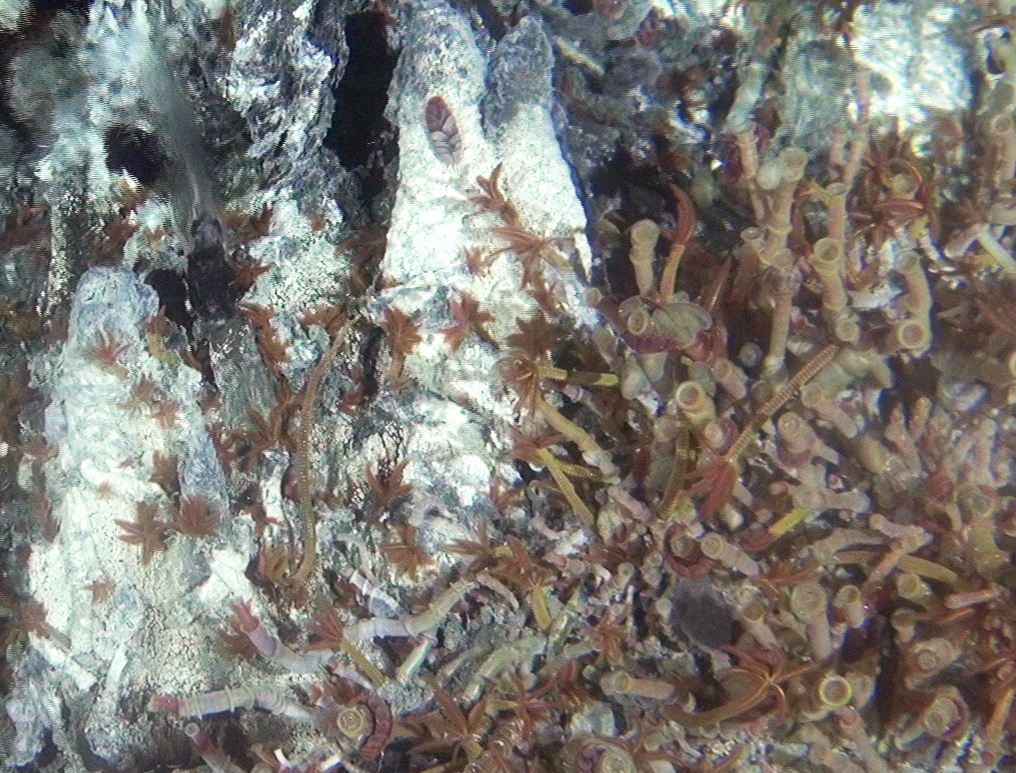
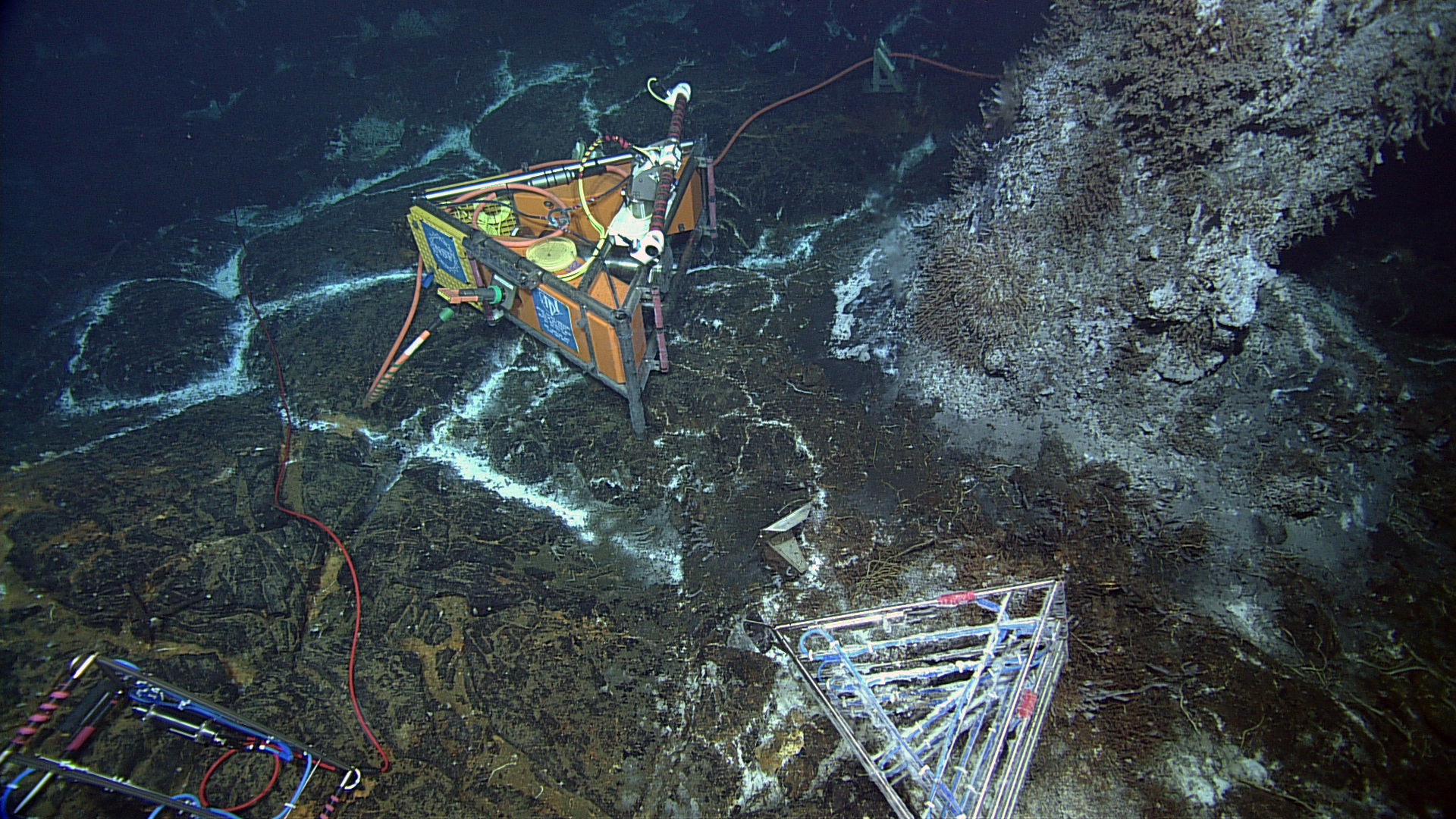



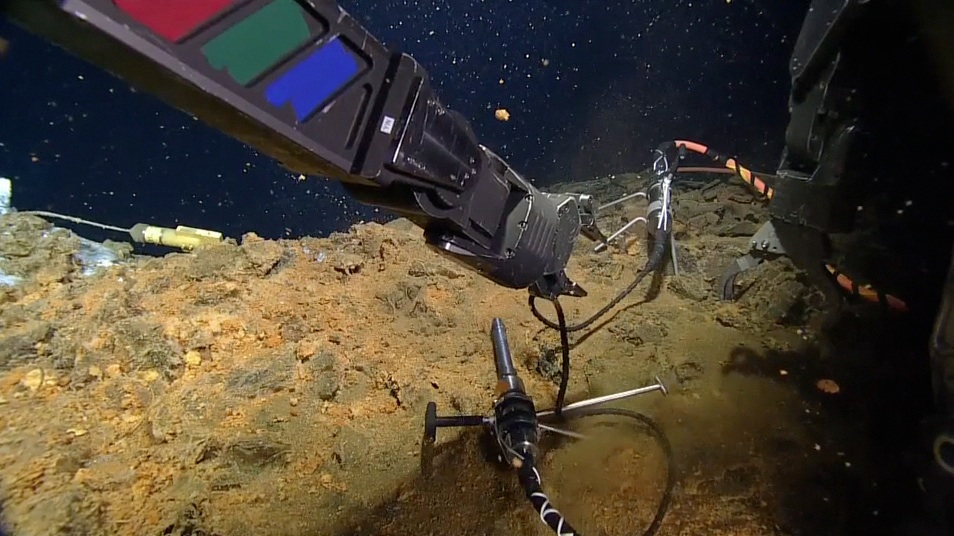







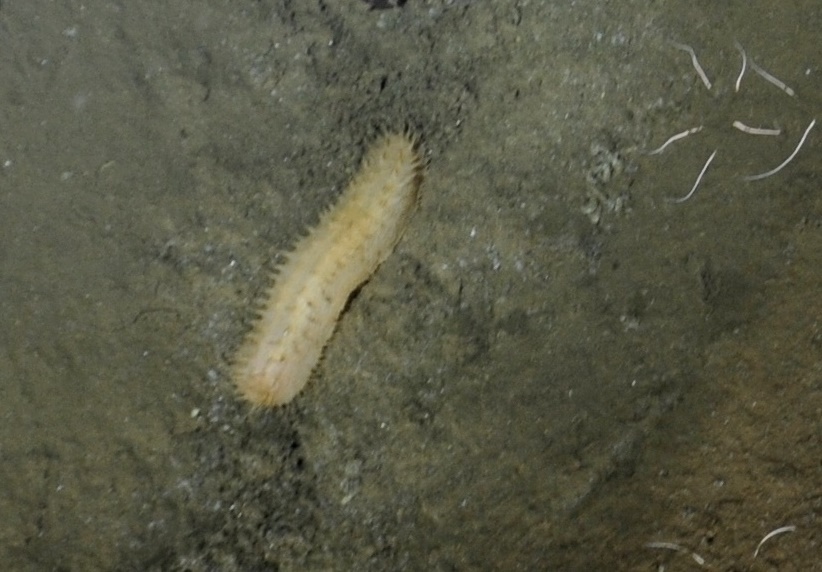



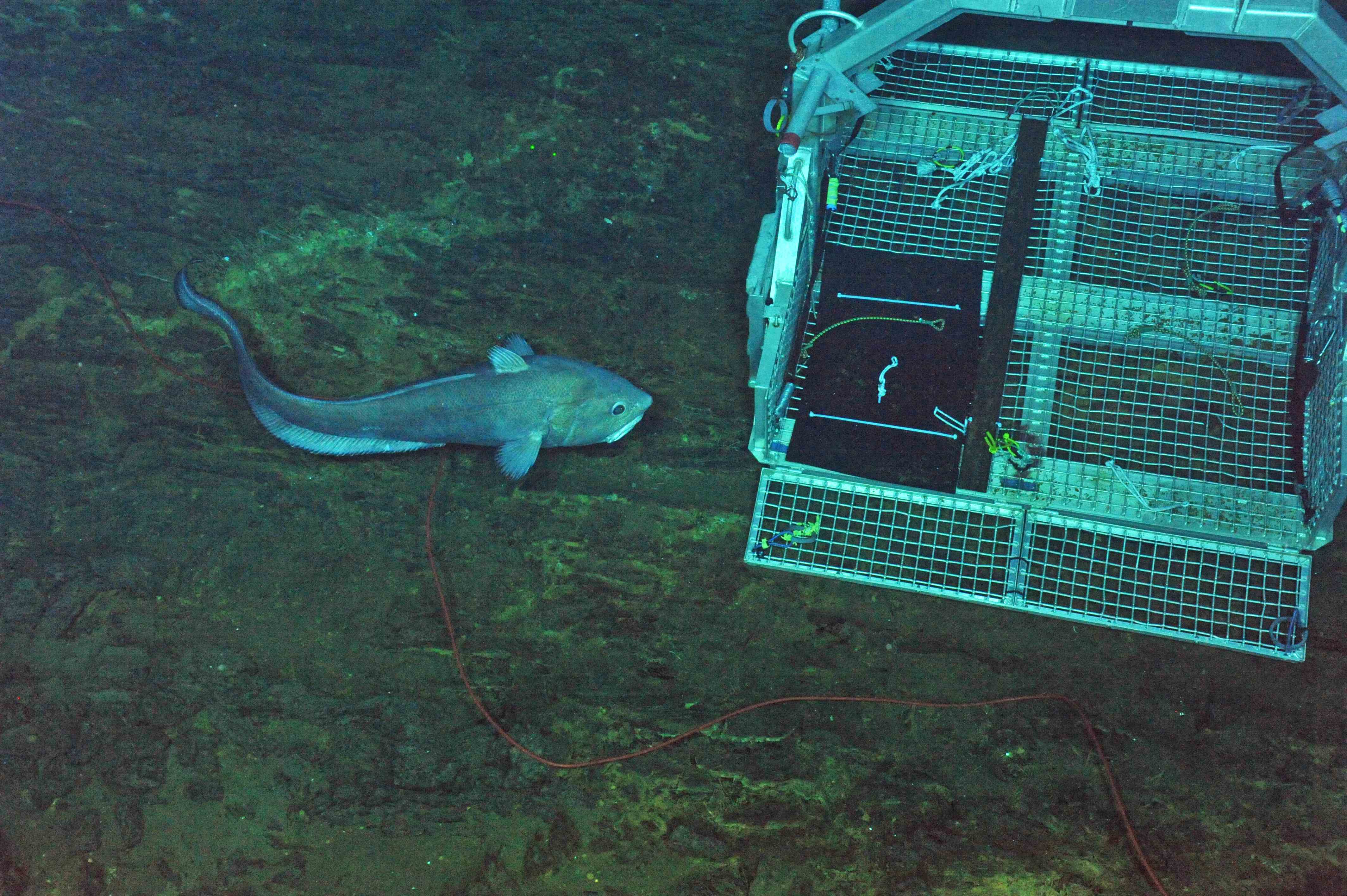
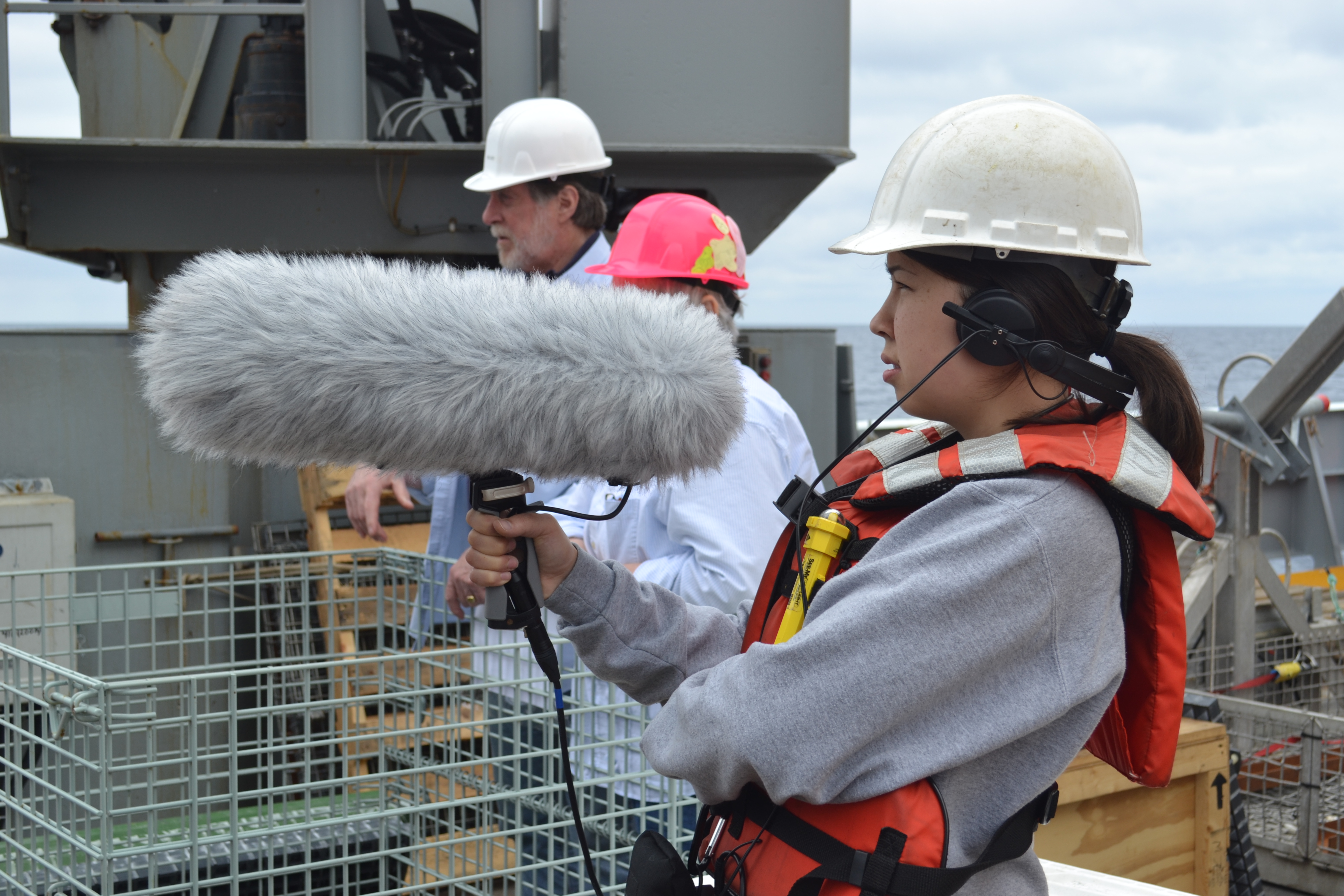





R/V Thompson docked in Newport between Legs 1 and 2 of the VISIONS14 cruise. Photo credit: Michael Vardaro, Oregon State University

The VISIONS14 Science Party and the ROPOS team congregated on the bow of the R/V Thompson for a final get together before coming into port into Newport OR. Photo Credit: Mitch Elend, University of Washington, V14.

Students and educators for Leg 1 of the VISIONS’14 Expedition. Front: Chief Scientist John Delaney and Co-instructor for the UW Ocean 411 Class - Sea Going Research and Discovery. Left to right: Katie Bigham, Sam Albertson, Jesse Turnder, Gina Hansen, Don Setiawan, Charles Garcia, Krista Nunnally, Deb Kelley (Co-Chief Scientist and Co-instructor for Ocean 411), and Christina Ramirez. Back row left to right: Friedrich Knuth, John Wonderly (Clallam Bay School), Caitlin Russel, and Leslie Sautter (College of Charleston). Photo Credit. Mitch Elend, University of Washington.

The Thompson sails under the Newport Bridge as Leg 1 of VISIONS'14 ends. Photo Credit: Mitch Elend, University of Washington, V14.

During the evening of July 28th, the Main Lab of the R/V Thompson was filled with the Science and ROV Teams watching the live test of the HD video camera at the ASHES vent on Axial Seamount. The camera had not been turned on for 1 year. The test was a resounding success. Photo Credit: Mitch Elend, University of Washington; V14.

A close up of animals, including palm worms and tubeworms, on the hydrothermal chimney called Mushroom in the ASHES hydrothermal field. The image is a frame grab from video streamed during testing of the OOI-RCA high-definition video camera built by the Applied Physics Lab at the University of Washington. The camera has been at this site for 1 year. Credit: UW/NSF-OOI/ V14.

During ROPOS Dive R1730, the UW-RCA high-definition video camera was tested successfully. The camera was installed in 2013 and 1-year later it worked extremely well. A test 3-D thermistor array (bottom right) that was installed last year rests on a diffuse flow site, covered in microbial filaments. To the left, a cabled 3-D thermistor array will replace the uncabled system. Credit: UW/NSF-OOI/CSSF; Dive ROPOS R1730; V14.

r1732

r1731

A 3D thermistor array installed by the actively venting chimney called Mushroom. The array is in a diffuse flow site. Credit: UW/NSF_OOI/CSSF; ROPOS DIve R1730, V14.

r1729

r1728

r1727

The ROV ROPOS installing a bottom-pressure tilt instrument at the summit of Axial Seamount to measure inflation and deflation of the volcano. Credit: UW/NSF-OOI/CSSF; ROPOS dive R1726.

This unknown species is relatively common at Axial, living among the basalt lava rocks. Photo credit: NSF-OOI/UW/CSSF; Dive R1731; V14

This giant rattail is more than 1 m in length explores the ROPOS tool basket in 2014. Credit: UW/NSF-OOI/CSSF; ROPOS Dive R1729; V14.

Ciliate colonies thrive near to the base of one of Axial's hydrothermal vents. Credit: UW/NSF-OOI/CSSF; V14.

Glob Snails (Depressigyra globulus)

Unknown Sea Cucumber 2. Photo credit: NSF-OOI/UW/CSSF; Dive R1716; V14

Specimen from Axial Base. Photo credit: NSF-OOI/UW/CSSF; V14

A Big Red Jelly floats by the ROPOS camera. Photo credit: NSF-OOI/UW/CSSF; V13

During ROPOS Dive R1729, a digital-still camera (left), a mass spectrometer (middle) and a fluid- and microbial-DNA sampler (right) were installed in the International District Hydrothermal Field at the vent called El Gordo. A titanium 'hat' rests on top of the structure in a tubeworm and limpet patch. Inside the hat are temperature probes and intake nozzles for the fluid and DNA sampler. Credit: UW/NSF-OOI/CSSF; ROPOS Dive R1729; V14.

A huge rattail fish followed the ROV ROPOS around the International District hydrothermal field for several hours. Near the end of the dive it investigated the tool basket, with thoughts that it might get in. Photo credit: UW/NSF-OOI/CSSF; ROPOS Dive 1729; V14.

UW bioengineering student Gina Hansen records audio for one of her video projects. Photo Credit: Mitch Elend, University of Washington, V14

A fiber optic cable has been cut and splayed out so that all of its separate parts can be seen. The tiny little clear wire on the upper right is one of the actual optical fibers, of which there are six within the cable. Photo credit: Jesse Turner, University of Washington, V14.

Friedrich Knuth and Jet Leo take a selfy on the bow, where they conduct their evening workout. Photo credit: Friedrich Knuth, College of Charleston, V14.

ropos.movie_

Pacific Flatnose (Antimora microlepis) at Axial Seamount. Credit: UW/NSF-OOI/CSSF; ROPOS Dive R1720; V14.
- Anemone
- Animal
- Arthropod
- ASHES
- Axial
- Axial Base
- Axial Biology
- Axial Caldera
- Bacteria
- Basalt Lava
- BEP
- Biofouling
- biolgoy
- Biology
- Camds
- Camera
- Camhd
- Central Caldera
- Ciliates
- Cnidaria
- Coastal Biology
- Crab
- Deep Profiler Mooring
- Dive Highlights
- Eastern Caldera
- Echinoderms
- Endurance Array
- Engineering Team
- ENLIGHTEN 10
- Exploratorium
- Fish
- Geology
- HD Camera
- HPIES
- Hydrate Ridge
- Hydrates
- Hydrophone
- Hydrothermal Vents
- Illustration
- Inshore 80 Meters
- Instrument
- International District
- J-BOX
- Jason
- Jellyfish
- Junction Box
- K12
- Lava
- Mollusk
- Moorings
- Nodes
- Nudibranch
- Octopus
- OOI
- Oregon Offshore
- Oregon Offshore 600 m
- Oregon Shelf
- Oregon Slope Base
- People
- PN1B
- PN1D
- Polychaetes
- PPSDN
- Primary Node
- RASFL
- ROCLS
- ROPOS
- ROPOS Dives
- ROV Team
- RV Revelle
- RV Sikuliaq
- RV Thompson
- Salp
- Sample
- SC13
- Science Team
- Sea Cucumber
- Sea Star
- Sea Urchin
- Seafloor
- Seismometer
- Sensors
- Shallow Profiler Mooring
- Shark
- Shipboard
- Shore Station
- Slope Base
- Smoker
- Soft Coral
- Southern Hydrate Ridge
- Sponge
- Squid
- Students
- Students & Guest Participants
- Tmpsf
- Tubeworms
- VISIONS 11 Leg 1
- VISIONS 11 Leg 2
- VISIONS 11 Viewers
- VISIONS 13
- VISIONS 14
- VISIONS 15
- VISIONS 16
- VISIONS 17
- VISIONS 18
- VISIONS 20
- VISIONS 22
- VISIONS 23
- Visualization
